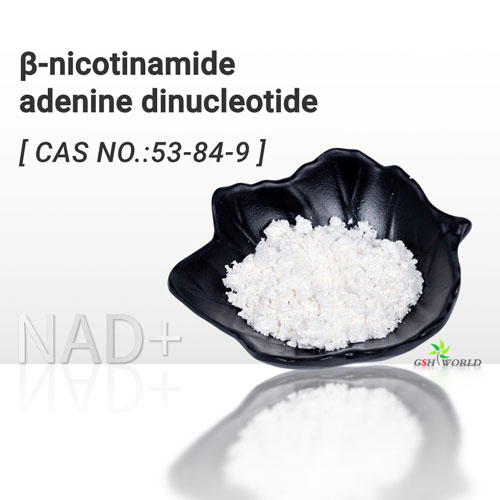While we’re still debating whether NMN or NAD is better at fighting aging, a new study gives us the final word.
The retirement New Deal introduced not long ago has made office workers laugh: 65 years old is also a “young person”, and the aging problem behind it has once again become a hot topic. On the other hand, after the epidemic, our immunity has also been affected to varying degrees.
So people began to look forward to scientific anti-aging and enhanced anti-virus technology can have new breakthroughs.
A study published in the Journal of Functional Foods, a top international journal in food science, found that:
The promotion effect of NADH on intracellular NAD+ is greater than that of NRH, and in all cell lines, the promotion level of NMN is not as good as that of NADH and NRH, nor is it as good as that of exogenous direct supplement of NAD+.

Scientists have found that declining levels of NAD+ in the body is one of the core mechanisms of aging.
Exogenous supplement of NAD+ can delay aging and improve body function.
With the progress of biotechnology, NAD+ supplements have risen rapidly in recent years and become a “net red” substance in the anti-aging world.

In the NAD+ family, the precursors NR, NMN and NADH are all considered to be able to improve the level of β-nicotinamide adenine dinucleotide. However, studies have shown that NRH is more efficient than NR in enhancing β-nicotinamide adenine dinucleotide, so researchers have conducted studies on NRH, NMN and NADH.
A study published in Molecular Metabolism has shown that by adding H to both NR and NMN, NRH and NMNH can significantly improve the efficiency of conversion to NAD+, but both NRH and NMNH need to be converted to NADH and then β-nicotinamide adenine dinucleotide.
In other words, going round and round is not as efficient as directly using NAD+ supplement.
In summary, such as NA, NR(nicotinamide ribose), NAM (nicotinamide), NMN (nicotinamide mononucleotide) and other transformation in the body faced with an inescapable dilemma, low absorption rate and conversion rate. Among the various precursors of β-nicotinamide adenine dinucleotide, NMN has the worst performance.
Seeking the direct supplement of NAD+ is the ultimate solution to realize intracellular β-nicotinamide adenine dinucleotide homeostasis.
Leading experts from NADclinic, a pioneer in molecular medicine, formed a top scientific research team and, after years of research, finally found the original β-nicotinamide adenine dinucleotide exogenous direct supplement technology.
Any β-nicotinamide adenine dinucleotide precursor converted to NAD+ and involved in anti-aging and gene repair work will converted to NAM (niacinamide).
And that NAM, converted by an enzyme called NAMPT, can turn into NAN, and then regenerate β-nicotinamide adenine dinucleotide, and so on, and this pathway is the internal circulation of NAD+.





